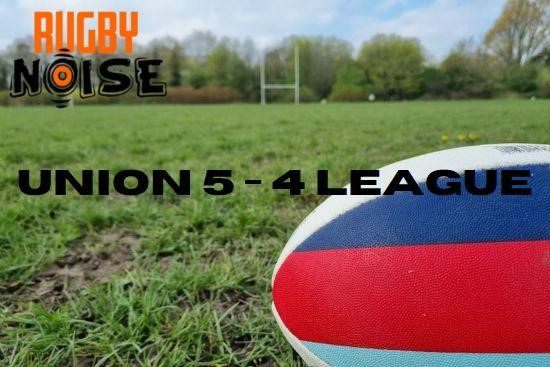In Rugby, a try has been worth five points for a long time, with most rugby fans not knowing any other value of points for scoring a try. But there was a very long time in the sports history where a try was not five points.
When did a Rugby Union try to change to 5 points? A Rugby Union try changed from 4 points to 5 points in 1992 and this is still the case today. A Rugby League try stayed at the value of 4 points. Both codes of Rugby have the same 2 points awarded for a successful conversion.
https://twitter.com/supercarrambler/status/1316024882501623808
World Rugby made some huge changes to the sport in the 1990s. While the introduction of professionalism took the headlines, there was also a big change to the point scoring rules in rugby. That was in 1992 when World Rugby decided to increase the number of points a team gets when they score a try.
In 1971, World Rugby had previously increased this from three points to four points, the first time that scoring a try was the best way to score points in rugby. To make a try even more valuable, World Rugby changed the number of points you get for scoring a try from four to five in 1992.
This was also the last time that World Rugby made changes to the points scoring system in rugby and it does not look like they will change it again anytime soon. This is still a massive change to when a try was not even worth any points in rugby, it was simply giving a team the opportunity at a conversion which was worth a point.

Why is a Rugby Union Try worth 5 points and not 3?
There was a time in rugby where a try was worth three points, but it Is now worth five. There are a few good reasons for that.
The scoring in rugby used to be extremely similar to football, with the points even called goals just like in football. One of the reasons why rugby has increased the points in the game is to try to differentiate itself from football. Having much higher scores than football helps to show the differences between the two games.
There is one main reason why rugby went to five points for a try and not three. That is because they wanted to make the game more exciting to watch for fans. Essentially, World Rugby believed that if penalties and drop goals were the primary way team’s scored points, the games would not be as exciting.
Rugby teams tend to take more risks and play more exciting rugby when they are aiming to score tries. Penalties can often be seen as the slightly more boring option. This is why World Rugby wanted to make a try the biggest way a team could score points. Making a try worth five points means it is the target for every team in attack.
This in turn makes the game more exciting to watch and play, helping the popularity and longevity of the sport.
Has a try always been 5 points?
Modern day rugby fans might only ever know a try being worth five points in rugby. But this has not always been the case. In fact, when rugby was first invented, a try was not even worth a single point.
Tries were still the target for teams when it came to scoring, but they did not get any points if they managed to score a try. Scoring a try meant you could attempt a conversion, which was worth one goal. So, the act of scoring a try itself was not worth any points, but it did let you attempt a conversion.
It wasn’t until 1886 that a try became worth one point. Five years later, World Rugby changed the rules so that a try became worth two points, eventually becoming worth three in 1894.
A try was worth three points for over 70 years, with a dropped goal being the biggest way you could score points at this time. World Rugby finally made a try the biggest way that you could score points in 1971, when they changed the number of points you get for scoring a try from three to four.
It was only in 1992 that a try actually became worth five points, so that it was the clear target for teams to score points, as well as making rugby more exciting with higher scores.
Do you get 7 points for a penalty try?
A penalty try is one of the rarer ways that a team scores points in a rugby game. It is awarded when the defending team commits a penalty that directly prevents the attacking team from scoring a try.
The attacking team is given seven points if they score a penalty try. These seven points are awarded without a conversion needing to be attempted. This is because the defending team have been penalised with a cynical foul that prevents a try. Part of the punishment of the penalty try is that conversion does not need to be attempted by the attacking team.
This has not always been the case, but World Rugby changed the rules so that a penalty try became worth seven points with no conversion needed.
Can you score a try in Golden Point?
Golden Point is one of the newest innovations in rugby rules in the southern hemisphere. The idea is that instead of a full extra time when the two teams are tied on points after 80 minutes, it will be the first team to score any points in extra time will win.
You can absolutely score a try in Golden Point, as there are no rules around how those points are scored by either team. It is just simply the first team to score a point, whether that be through a penalty kick, drop goal or scoring a try.
It is likely to be rare for a team to attempt to score a try in Golden Point. That is because if they are in position to score a try, they will likely attempt a drop goal or penalty as this is much less risky.
